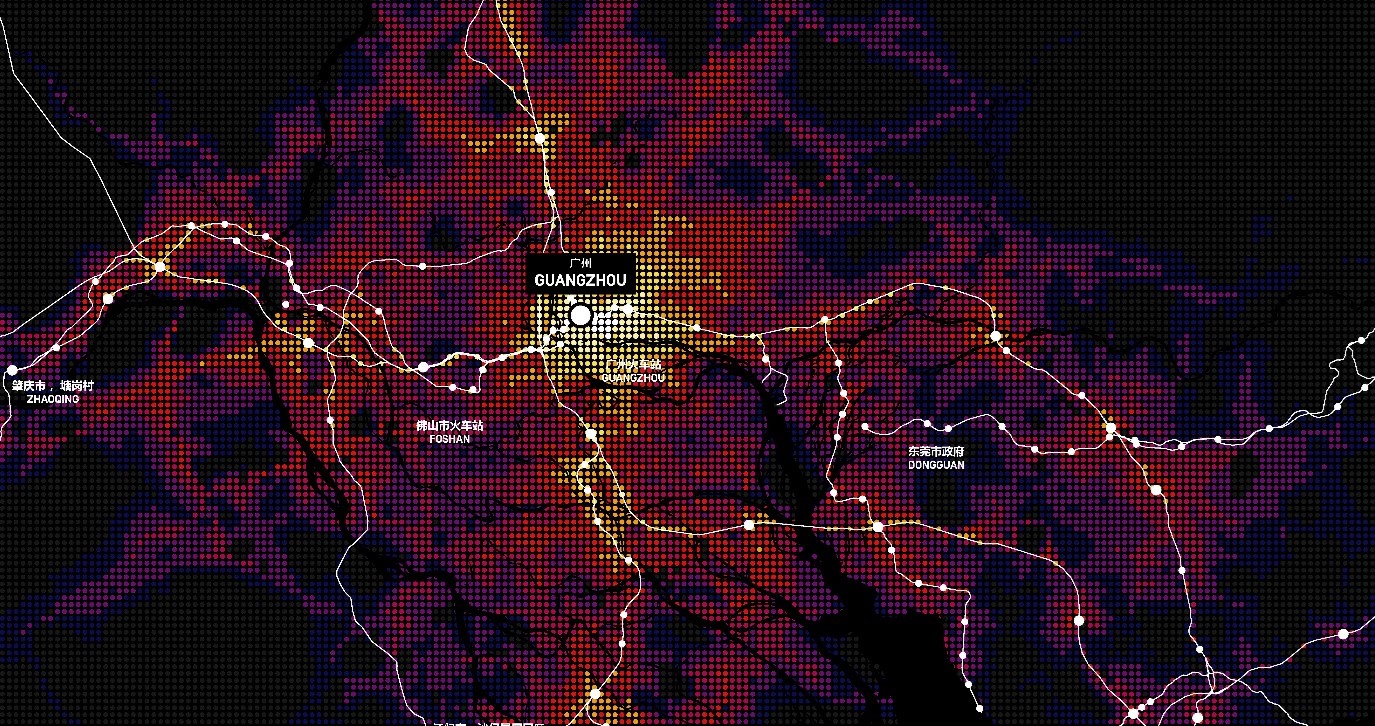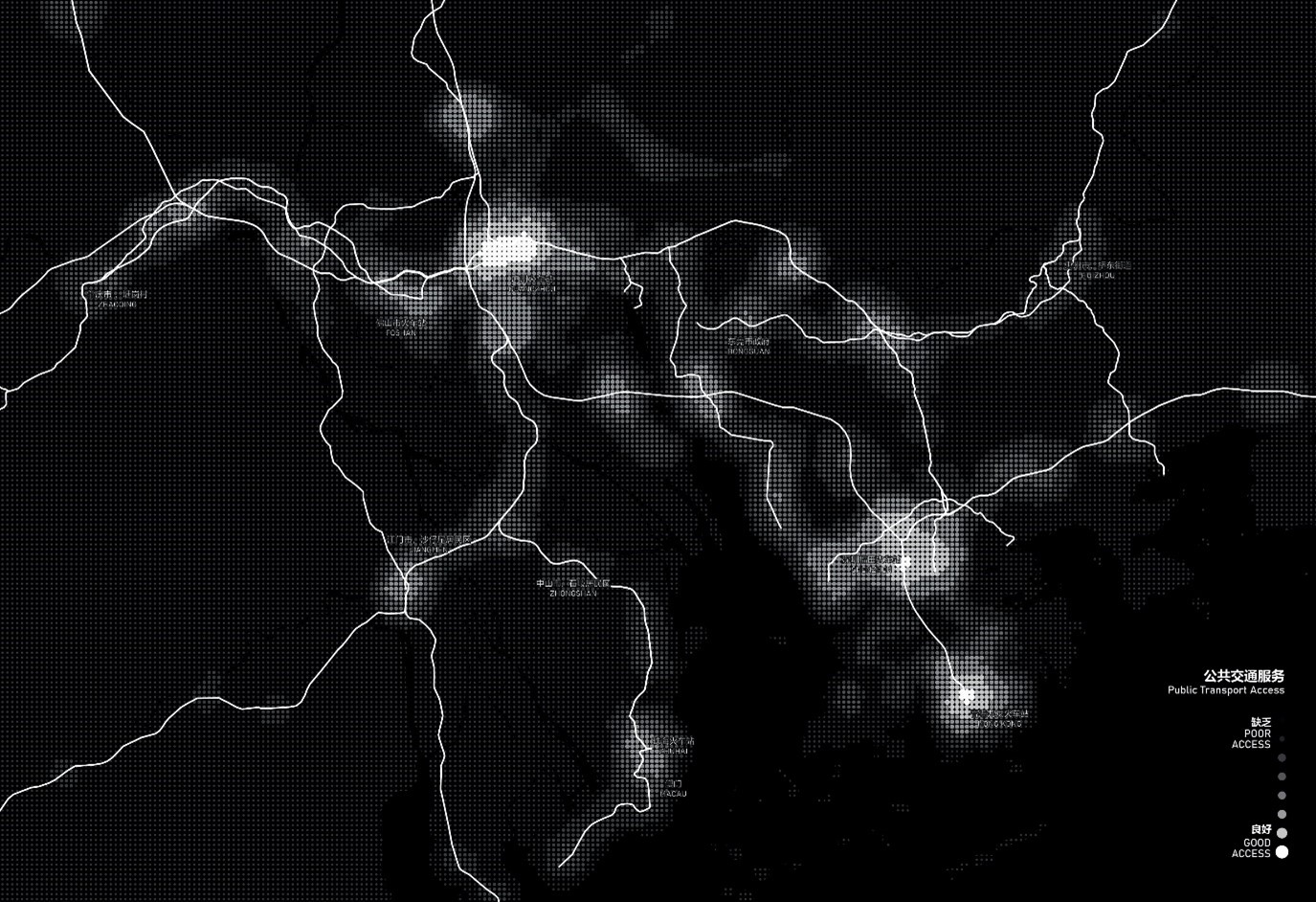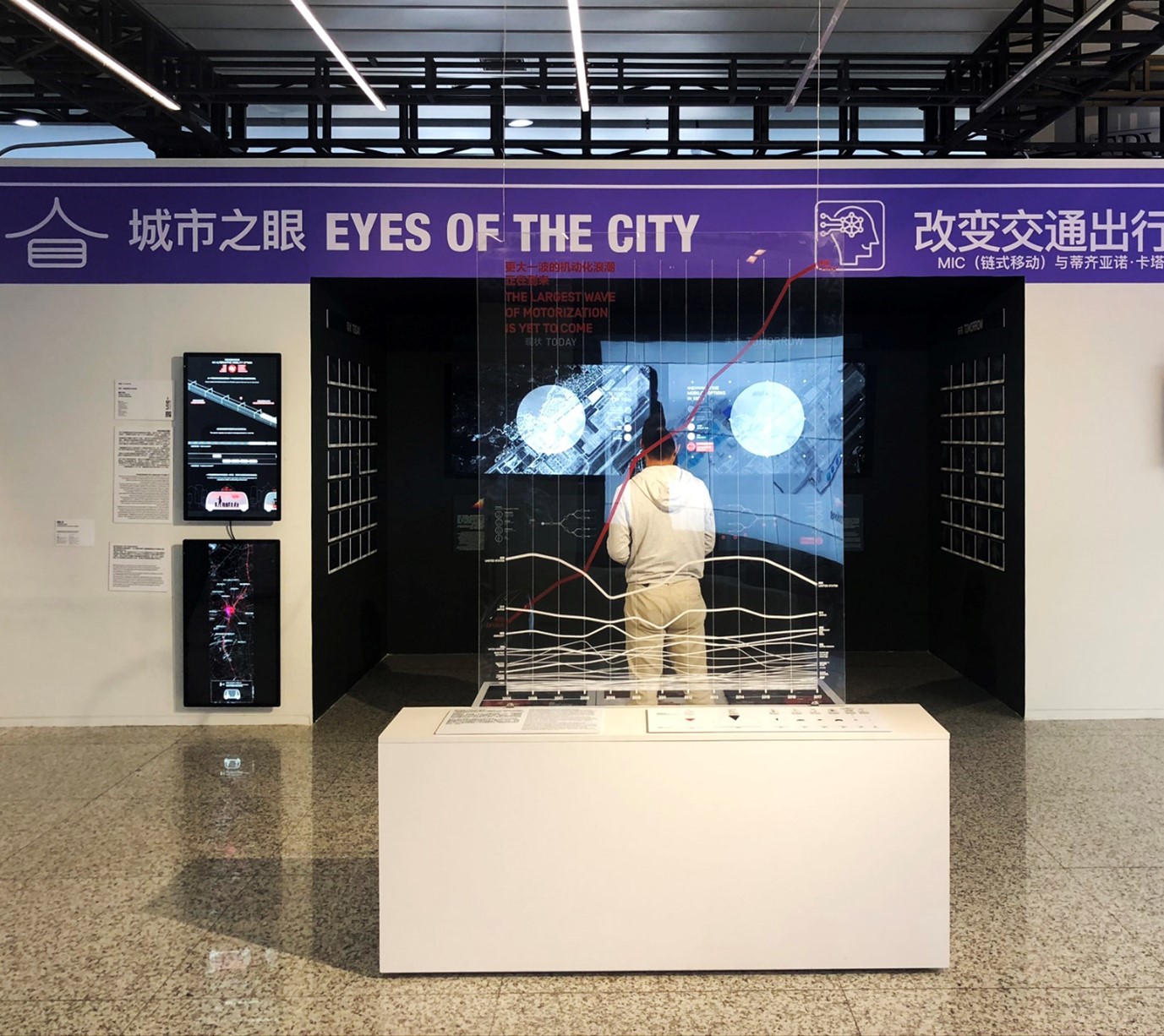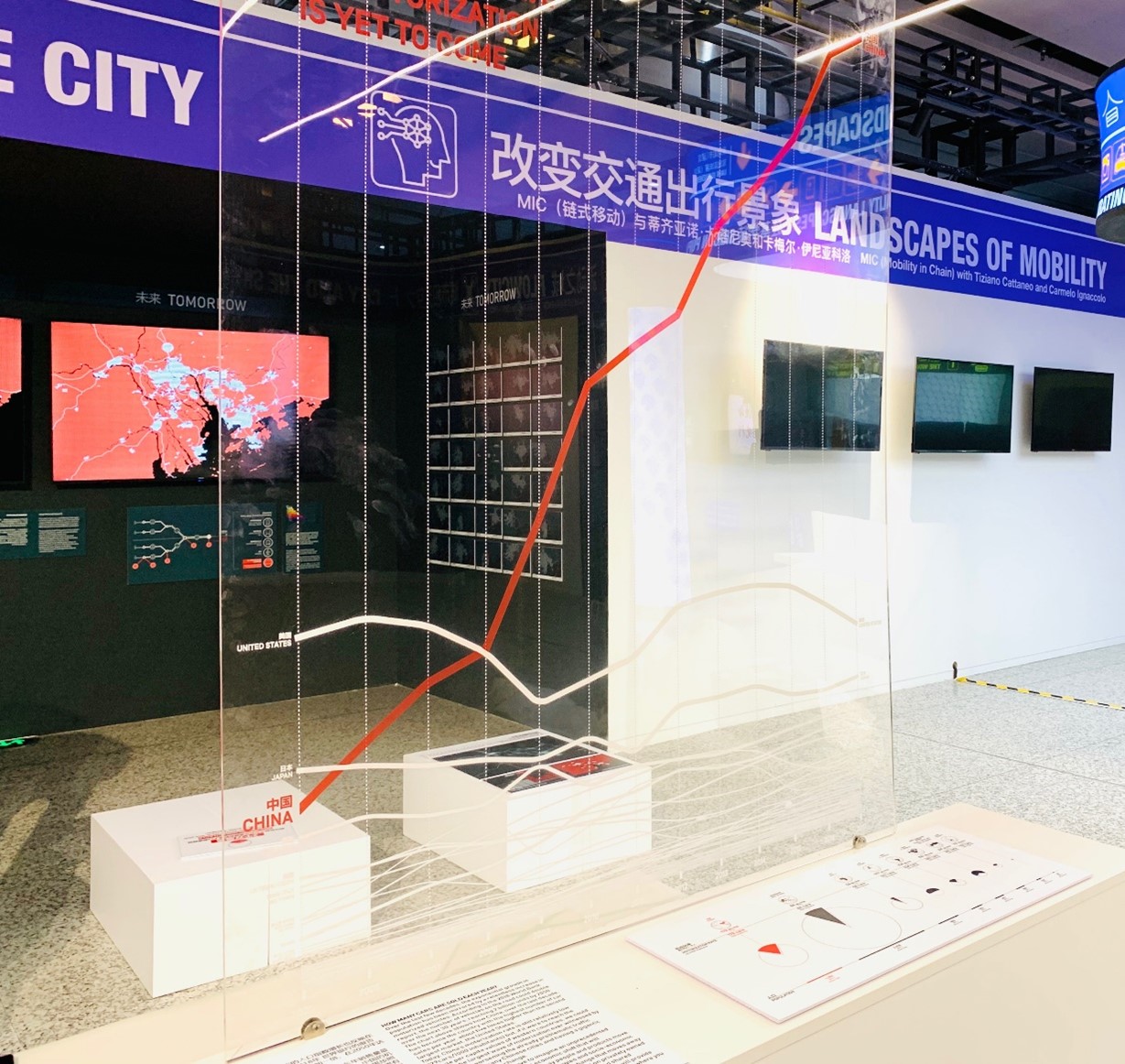Bi-City Shenzhen Biennale
China

‘Transforming The Landscape Of Mobility’ was the exhibition that MIC-HUB curated alongside Tiziano Cattaneo and Carmelo Ignaccolo at the Bi-City Biennale of Urbanism\Architecture 2019 of Shenzhen and Hong Kong.
The exhibition addressed the challenge of the future of mobility beginning with the problem of the global rise of motorization, particularly in China. In the last decades, in fact, the exponential growth of the population has been mirrored by a restless increase in motorized vehicles. According to the 2018 World Bank report, the number of vehicles on the roads will double in the next 30 years, reaching 2 billion units by 2050. If we extend the western per capita car ownership value to East Asian countries, we can expect the largest wave of motorization ever witnessed by the planet. For this reason, we have to imagine an unprecedented social, technological and economic shift that will fundamentally change the way people and products move.
Thanks to new technology and socio-economic components, we can imagine a systemic change that moves away from the current mobility model and prevents the already problematic traffic conditions from becoming even worse.
More specifically, the new vision will have to address, above all, the extended Shenzhen metropolitan and rural areas of the Guangdong since it is in these territories, characterized by weak and diffused demand, where most vehicle demand is expected for the lack of alternative transport options.
Location
China
Client
Bi-City Shenzhen Biennale
Main expertise
Research & digital mobility
PROJECT HIGHLIGHTS
- According to the 2018 World Bank report, the number of vehicles on the roads will double in the next 30 years, reaching 2 billion units by 2050
- The risk of witnessing the world’s largest wave of motorization is just around the corner
- Transport alternatives to motorization need to be explored and trialed
Project gallery
Our contribution
The proposal consists of two main components: the first looks at the possibility of utilizing driverless technologies supported by A.I. systems, imagining a new generation of electric vehicles that will exploit the road network to become the backbone of a new mobility that will rapidly move away from fixed guided infrastructures.
Traditional public transport has proven to be ineffective in low-density developments, as the low and spread demand does not support a frequent service that is also economically viable. For a more efficient approach to this kind of environment, the new transport system should adapt to user demand dynamically, providing the flexibility and the coverage of a private vehicle, but by means of a collective and shared mode. Thanks to artificial intelligence, mobility as a service will provide optimized and tailored transportation services and, at the same time, algorithms will allow the service to be optimized and eventually to predict or adapt to user needs in different contexts.
The second component of the proposal looks at a new generation of vehicles as an opportunity to reconnect the passenger with the external environment rather than isolate him, as per traditional cars. By sensing both the user and the environment, the new generation of cars will enable contact between the user and the outside world, reconciling the passenger with other road users and the surrounding landscape.


